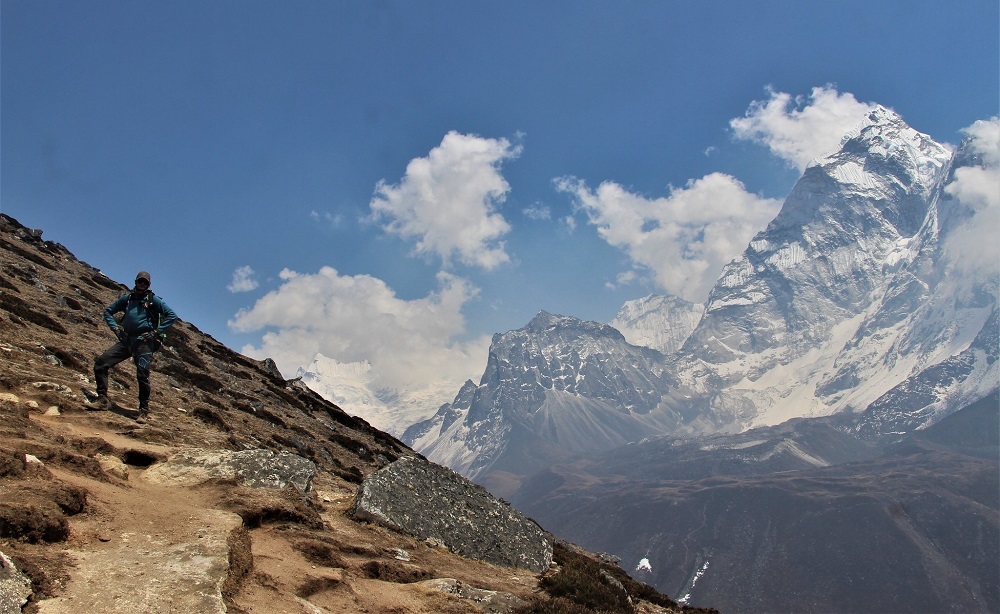Everything you need to know about the acclimatizing day in Dingboche village
After a few days of trekking through the stunning landscapes of the Everest region, you'll arrive in Dingboche, a picturesque Sherpa village nestled in a valley surrounded by towering peaks. At an altitude of 4,410 meters (14,469 feet), Dingboche serves as an important acclimatization point on your journey to higher altitudes.
Morning:
- Morning Views: As the first light of day graces Dingboche, step outside your lodging to witness a breathtaking sunrise painting the Himalayan peaks with hues of gold and pink. The tranquility of the village against the backdrop of majestic mountains sets a serene tone for the day.
- Breakfast with a Purpose: Enjoy a wholesome breakfast that includes nourishing foods rich in carbohydrates and proteins. These nutrients are essential for maintaining energy levels during acclimatization activities.
Acclimatization Activities:
- Nangkartshang Hill Hike: Embark on a hike to Nangkartshang Hill/Peak, a vantage point that offers panoramic vistas of the entire Dingboche valley and the surrounding peaks. The ascent is gradual, allowing you to adapt to the altitude while reveling in the stunning scenery.
- Chhukung Ri Ascent: For those seeking a more challenging endeavor, consider climbing Chhukung Ri. The hike involves steeper sections and rewards you with a bird's-eye view of the Imja Valley, Ama Dablam, Island Peak, and other Himalayan giants.
- Village Exploration: If you opt for a more relaxed day, take a leisurely stroll through Dingboche village. Engage with the local community, visit the quaint bakeries, and admire the traditional stone houses adorned with prayer flags.
- Hydration and Snacks: Throughout your chosen activity, remember to stay hydrated. Take short breaks to sip water and refuel with energy bars or nuts. Hydration aids in combating altitude-related symptoms.
Afternoon:
- Lunch and Rest: Return to your teahouse or lodge for a nourishing lunch. Afterward, take advantage of the cozy environment to rest and allow your body to recover from the morning's activity.
- Reflection and Journaling: Spend some quiet time reflecting on your journey so far. Consider jotting down your thoughts and experiences in a journal. Capturing the emotions and discoveries of the trek adds a personal touch to your adventure.
Evening:
- Dinner and Socializing: The evening offers an opportunity to connect with fellow trekkers. Share stories and experiences over a delicious dinner prepared by the lodge's kitchen. Engaging with others who share your passion for exploration can be invigorating.
- Guidance and Next Steps: Sit down with your guide for a briefing on the upcoming stages of your trek. Discuss the trail conditions, altitude challenges, and any necessary precautions to ensure a safe and enjoyable journey.
- Early Rest: As the night descends and temperatures drop, retire to your sleeping quarters. Adequate sleep is crucial for your body's acclimatization process and prepares you for the next day's adventures.
Additional Tips:
- Practice deep breathing exercises to optimize oxygen intake and improve acclimatization.
- Avoid excessive alcohol consumption, as it can hinder acclimatization and dehydrate your body.
- Keep a watchful eye on your fellow trekkers and yourself for any signs of altitude sickness, such as headaches, dizziness, or nausea.




.jpg)



